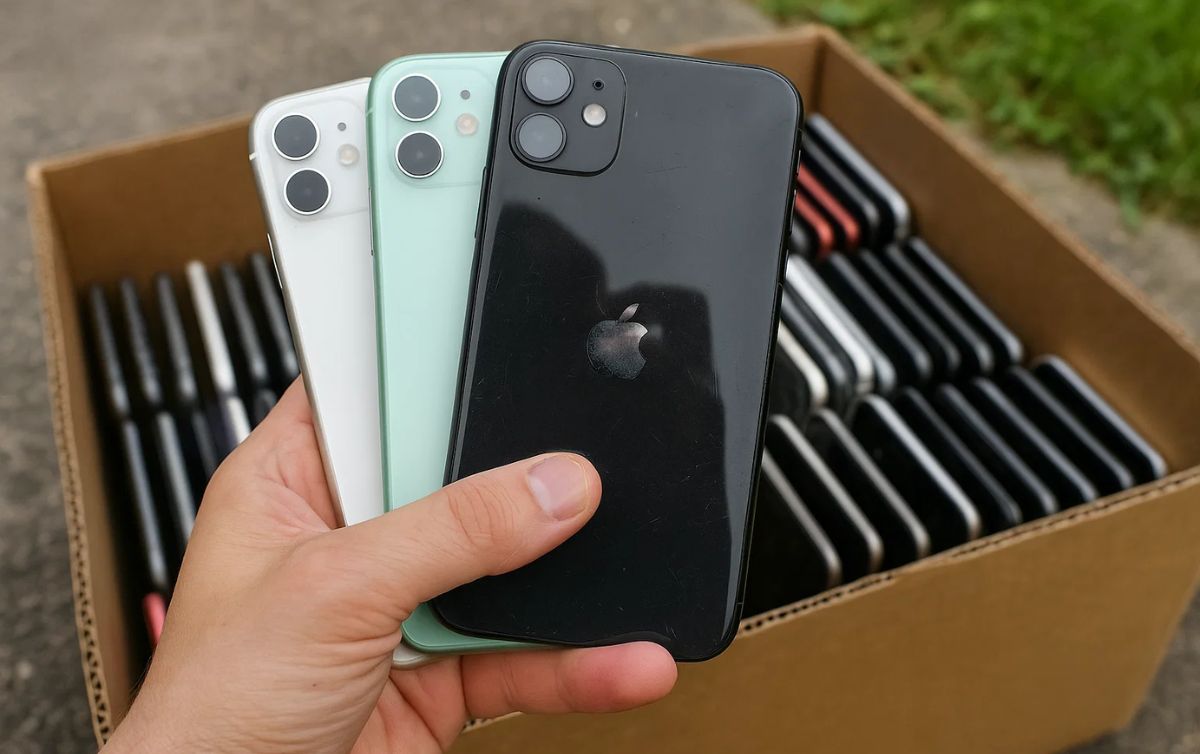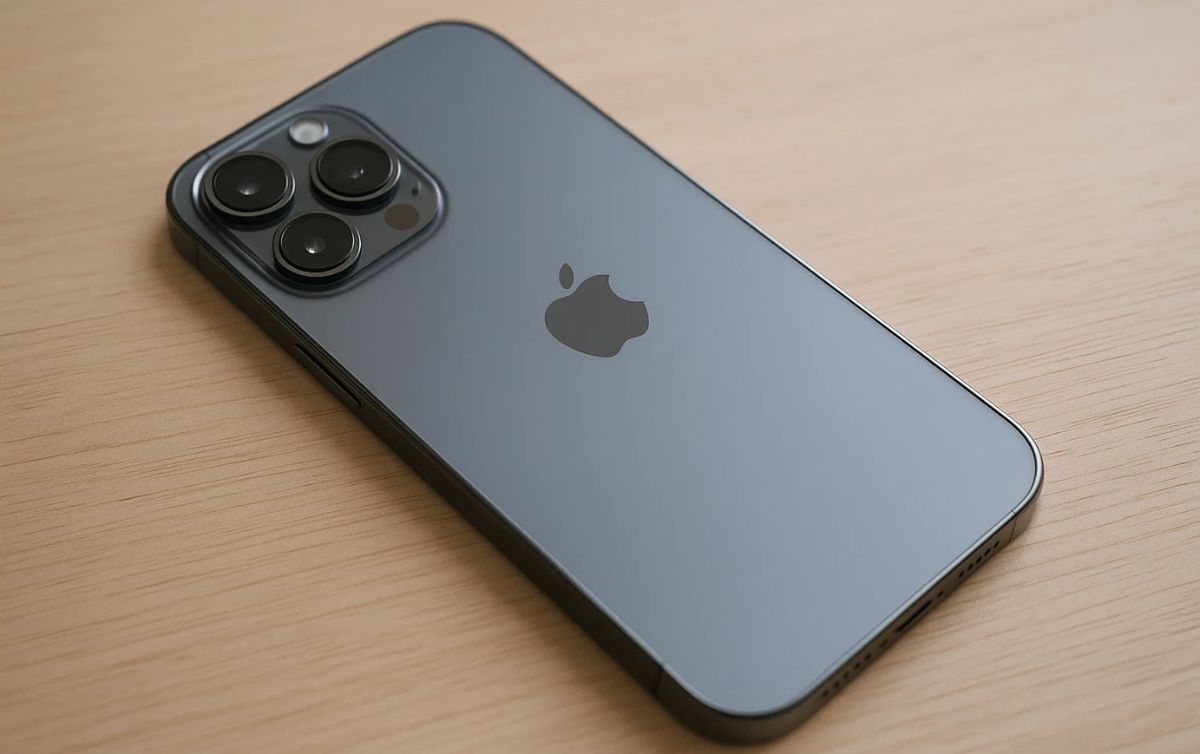When purchasing iPhone components in bulk, particularly in a country like the Netherlands, one of the most significant challenges is identifying fake or counterfeit parts. As a mobile repair company, reseller, or wholesaler, handling counterfeit iPhone parts can damage your business reputation, lead to customer complaints, and result in significant financial losses. This is why partnering with a trusted and verified supplier, such as GLP Wireless, becomes essential. In this blog, we’ll take a comprehensive look at how to spot fake iPhone parts when buying in bulk in the Netherlands, and how to ensure you’re making a safe and profitable investment.

Why Fake iPhone Parts Are a Major Concern
Fake iPhone components are becoming increasingly sophisticated. These counterfeit parts, including screens, batteries, charging ports, and cameras, are designed to resemble genuine Apple components. They typically don’t hold the same quality, performance, or safety requirements as original parts. Installation of such parts can lead to:
- Malfunctions in devices
- Short-circuits or overheating
- Voiding of warranty
- Dissatisfaction with customers
- Legal liabilities
This is particularly dangerous for companies that purchase in bulk. An unpopular bulk buy can lead to high return rates, negative reviews, and a damaged reputation.
1. Verify the Source of the Supplier
Your first action before even inspecting the parts should be to verify the authenticity of the supplier. Not all bulk suppliers in the Netherlands sell genuine iPhone parts. Always pose the following questions:
- Is the supplier registered and certified?
- Can they furnish a return policy and purchase invoice?
- Do they provide any guarantee or warranty on the products?
- Do they have verified customers, case studies, or reviews?
Reputable providers, such as GLP Wireless, are known for selling authentic iPhone parts in bulk, along with the necessary paperwork and assistance, ensuring you avoid being scammed by counterfeiters.
2. Check Packaging Quality
Legitimate iPhone parts typically arrive in high-grade, standardized, and secure packaging. Counterfeit parts usually come in generic or poorly printed boxes, often featuring low-resolution logos, typographical errors, or unclear product descriptions.
Be cautious of:
- Misspellings on the package
- Packages without barcodes or part numbers
- Oddly sealed or non-Apple-branded boxes
For bulk orders, request several sample units to evaluate the packaging before placing a large order.
3. Check Apple Branding and Part Numbers
Apple employs unique serial numbers and part numbers for every component. iPhone screens or batteries, for instance, have a distinctive part number that can be checked online. If the part does not have this, or uses a code that does not exist in any Apple database, it is most likely counterfeit.
Original parts also tend to have:
- Laser-engraved Apple logos or product codes
- QR codes that can be scanned for verification
- A particular placement and arrangement of flex cables and connectors
Buyers like GLP Wireless typically assist shoppers in confirming these aspects both before and after purchase.
4. Verify Display and Color Quality (for Screens)
Counterfeit iPhone screens are among the most prevalent fake components. Although they might appear genuine externally, closer inspection could detect defects:
- Reduced brightness and color contrast
- Touch response problems
- Sporadic backlight or dead pixels
Request a functional demo or video sample if available from your supplier. When purchasing in bulk, conduct spot checks on at least 5–10% of the components to identify discrepancies before resale or installation.
5. Test Battery Health and Safety
Counterfeit iPhone batteries pose significant safety risks, including the potential for fires. Genuine Apple batteries typically feature a chip that communicates with the iPhone to display accurate battery health information. Counterfeit batteries might:
- Display the wrong battery health percentage.
- Drain fast or overheat.
- Not having safety certifications (CE, RoHS)
Utilizing tools like Battery Life Analyzer or Coconut Battery can help in testing the battery chip’s behaviour. Bulk buyers will always be better off with suppliers who provide verified and pre-tested battery units—something that GLP Wireless does.
6. Analyze the Price – If It’s Too Good to Be True, It Probably Is
Price is a huge giveaway when it comes to spotting fake iPhone parts. While buying in bulk often comes with discounts, extreme under pricing is usually a red flag. If a supplier is offering parts at a fraction of the market value, be cautious.
For instance, if you’re being offered iPhone 13 screens at 50% less than other verified dealers in the Netherlands, ask yourself:
- Are these refurbished or fake?
- What’s the return policy?
- Is there any warranty at all?
GLP Wireless charges competitive but reasonable prices and offers honest descriptions of part condition—new, OEM, or refurbished.
7. Obtain Product Certifications or Verification Reports
When making bulk purchases, request any certifications or quality control documents that the supplier may have available. These may include:
- CE or FCC certification
- Test reports
- Repair technician compatibility notes
Certain high-end suppliers, such as GLP Wireless, provide additional documentation to establish product authenticity, particularly for larger quantities or business-to-business (B2B) customers.
8. Utilize Independent Verification Tools
Today, numerous third-party verification tools and applications are available to help detect counterfeit iPhone components. Tools such as:
- 3uTools
- PhoneCheck
- GSX Check (for IMEI and serial verification)
These tools can also be used to test components such as batteries, screens, and logic boards after they have been installed. Always test random samples from your bulk order to check for consistency.

Conclusion
When purchasing bulk used mobile iphones in netherlands, caution is essential. From packaging and serial numbers to battery safety and screen quality, there are several aspects in which counterfeit iPhone components can be identified before they can cause harm to your business.
To prevent risks and secure your investment, always opt for a reliable supplier. GLP Wireless is one such reliable supplier recognized throughout the Netherlands and Europe for providing authentic, verified, and premium iPhone parts in bulk. With clear-cut policies, rigorous product inspection, and exceptional customer care, GLP Wireless ensures that every bulk order you place is secure, profitable, and genuine.
By following these guidelines and partnering with reputable suppliers like GLP Wireless, you can safeguard your business and achieve lasting success in the mobile repair and resale market.

